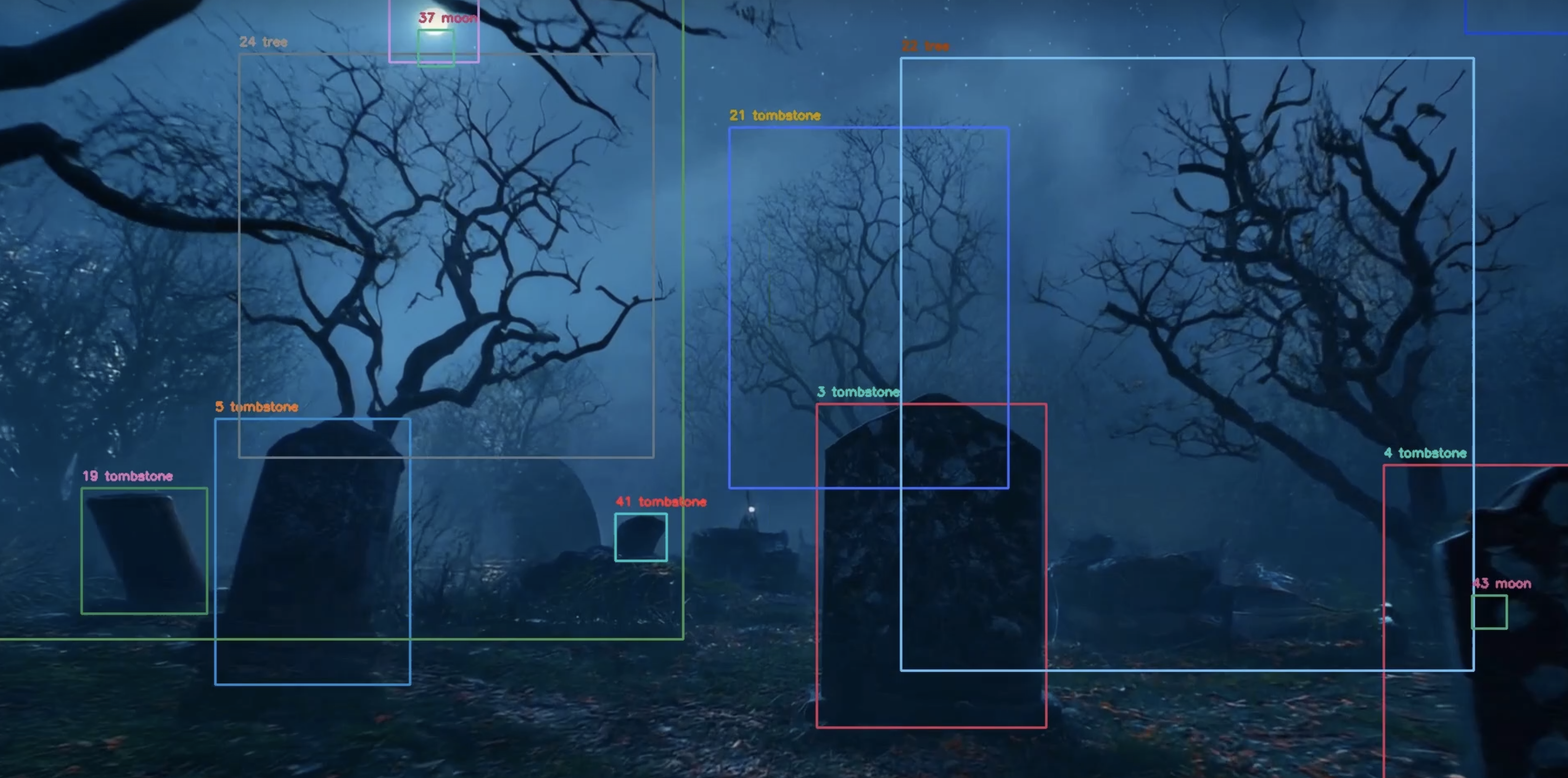The Convergence of Machine Vision & Vision AI: Unlocking Intelligent Automation
Machine vision gives computers the ability to see, interpret, and act on visual data from the real world. It combines hardware like cameras, sensors, and lighting with software for image processing, pattern recognition, and AI to perform tasks such as license plate recognition, object detection, face blurring, and image cropping.
By connecting Vision AI to real-world systems, machine vision enables fast, accurate decisions at scale, whether on the production line, in the warehouse, or out in the field. It’s how Vision AI becomes operational, turning business critical data into immediate action.
How Does Machine Vision Work?
Machine vision systems give machines the ability to see, interpret, and act on visual information. By the use of cameras, sensors, and advanced algorithms, these systems can analyze images and make automated decisions.
1. Capture: Cameras and sensors record images or video, usually from a variety of different angles.2. Preprocess: Images or videos are compensated for light, distortion, or noise to improve precision.
3. Feature Extraction: Algorithms identify edges, shapes, and patterns.
4. Pattern Recognition: Machine learning programs classify objects or detect defects.
5. Decision Making: Systems respond automatically, including removing defective items or guiding robotic movement.
Use Cases Across Industries
From quality inspections to barcode scanning, packaging verification, and size or style detection, machine vision is applicable to various types of industries.
Here’s how it’s applied in key industries:
Manufacturing: In production lines, machine vision inspects products for defects and counts items on an assembly line. This improves quality control while increasing efficiency and reducing waste.
Food & Beverage: Machine vision systems ensure safety and consistency by detecting contaminants, verifying packaging, and sorting products based on size, shape, or quality. They also monitor processes like bottling and labeling for accuracy.
Security: Surveillance systems use machine vision for object detection, facial recognition and blurring, tracking areas of interest and anomaly detection in real-time. This enhances security monitoring in public spaces and commercial facilities.
Logistics: Machine vision speeds up package sorting, tracks inventory, and scans barcodes or labels automatically. This improves the efficiency of warehouses and reduces errors in shipping and delivery operations.
Benefits
Machine vision uses high-resolution imaging and fast processing to handle the repetitive visual tasks humans can do—but that are slow, error-prone, and expensive—helping businesses work smarter, faster, and safer.
Enhanced Product Quality
Vision systems can complete more complex tasks such as automated inspections, which can catch defects early, reduce waste, and maintain consistent product quality.
Increased Productivity
Vision systems speed up workflows, improve equipment productivity, and keep performance at a steady level throughout extended shifts.
Actionable Data
Every scan from images or videos generates data to spot defects, identify bottlenecks, and optimize processes in real time.
Reduced Labor Dependency
Automation handles time intensive, repetitive tasks, letting skilled workers focus on higher-value work and easing labor shortages.
Traceability & Compliance
Vision systems track products from production to shipment, ensure regulatory compliance, and maintain accurate records across the supply chain.
Safety & Security
Machine vision monitors safety gear, detects hazards, tracks assets, and prevents accidents before they happen.
The Future of Machine Vision: AI
Artificial intelligence is transforming the capabilities of machine vision, enabling applications that were once out of reach for traditional systems. By combining deep learning with advanced imaging, AI-powered vision systems can now recognize complex patterns, adapt to changing environments, and handle naturally varied products with far greater precision at scale.
This evolution is opening new opportunities, from autonomous vehicles and smart logistics to advanced manufacturing and healthcare diagnostics. Moreover, as generative AI gains traction, organizations are leveraging artificial data to train vision models faster, more cost-effectively, and without privacy concerns, accelerating innovation across industries.
Ethical and regulatory considerations will remain central as vision technologies become more embedded in daily life. By prioritizing transparency, diverse training data, and privacy protections, developers can ensure that this new generation of intelligent vision systems not only enhances productivity and safety but also builds public trust in an increasingly AI-driven world.
Enter Plainsight: Infrastructure to Scale Machine Vision
Plainsight enables organizations to build and run scalable computer vision AI applications by turning video and image data into business impact faster. From factory floors to field delivery, Plainsight helps eliminate costly rework and manual data wrangling, reducing video prep time by up to 90%. With modular tools and built-in runtimes, users can go from prototype to deployment in hours, not weeks, accelerating time-to-value across industries.
The Plainsight Platform manages the entire computer vision lifecycle, from data collection and model training to deployment and monitoring, so teams can scale their vision pipelines with confidence. The flexible design makes it easy to integrate anywhere, whether in the cloud, on-premise, or at the edge.
Machine vision is transforming how industries capture and act on visual data. With advances in AI and platforms like Plainsight, vision systems are becoming faster, more accurate, and easier to deploy. Machines can now interpret and respond to their environments in real-time, improving efficiency, safety, and decision-making. Organizations adopting these technologies today are setting the standard for data-driven, automated operations of the future.
You May Also Like
These Related Stories
.png)
AI Agents Meet Computer Vision: Coding Smarter with Plainsight’s MCP Server

ChatTag: Bringing ChatGPT Vision to Image Annotation in OpenFilter
.png)
No Comments Yet
Let us know what you think